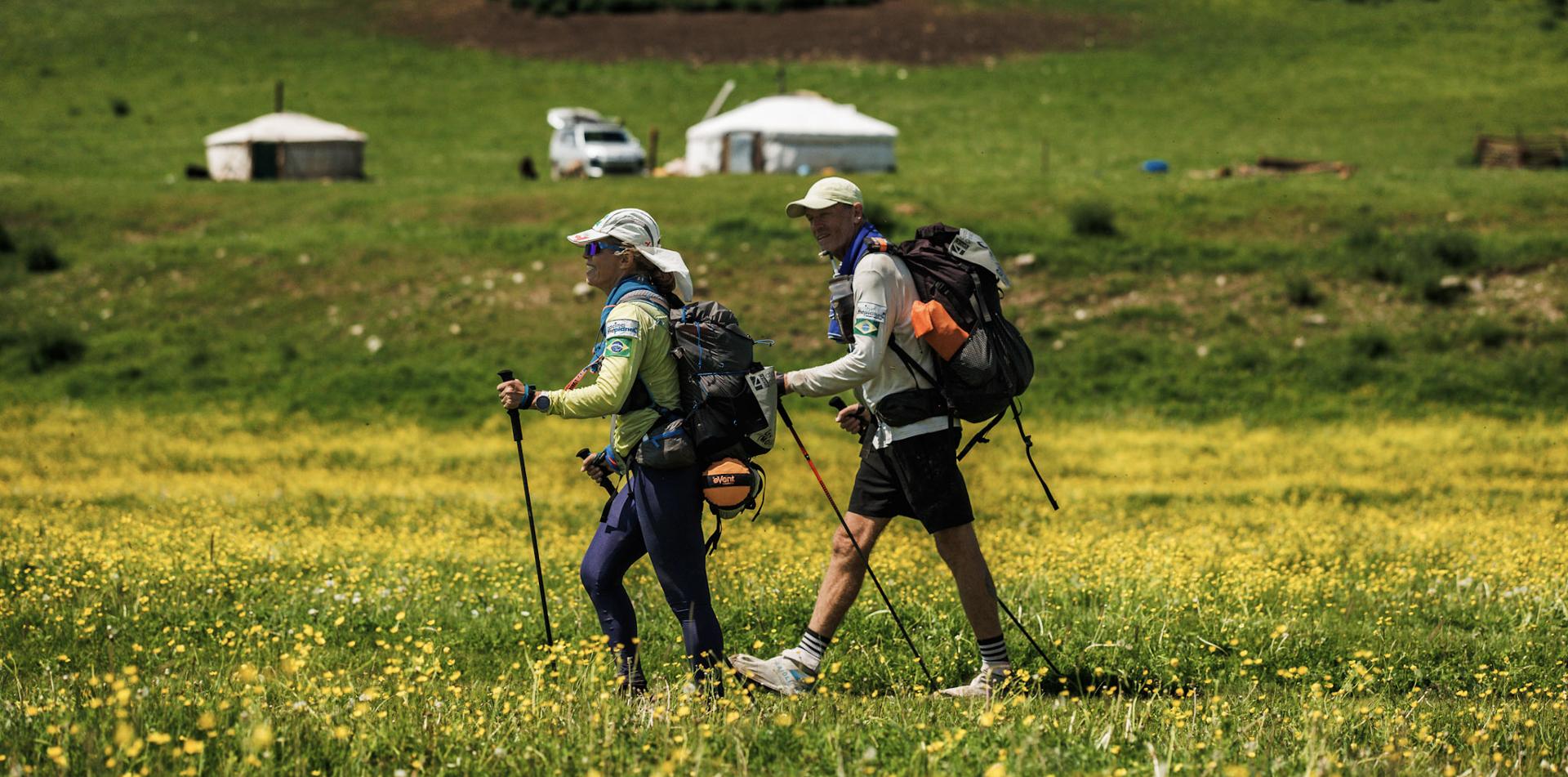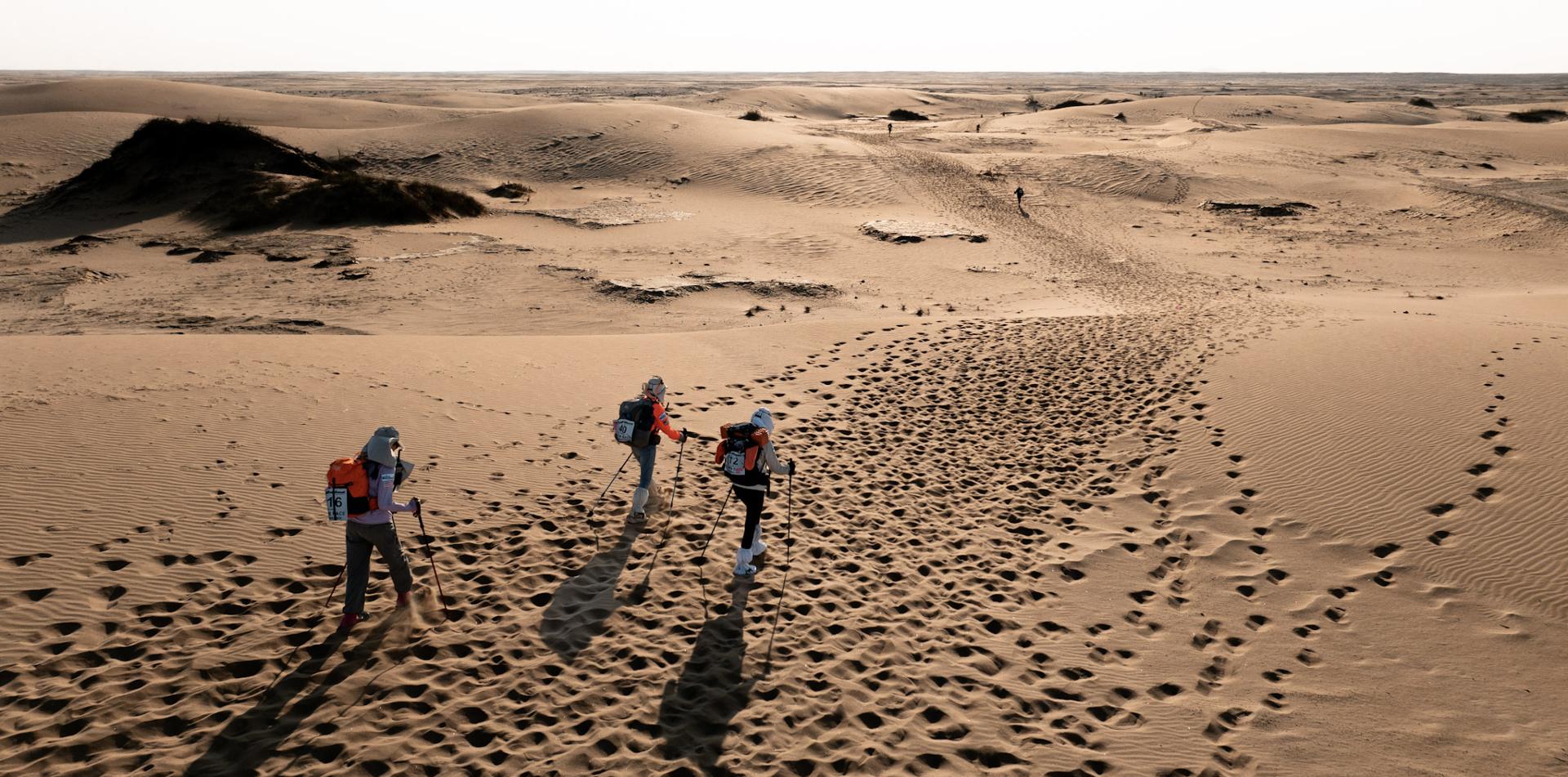Achilles Tendon Injuries
Injuries to the Achilles tendon can be debilitating for both the elite sportsperson as well as the recreational athlete. Severity ranges from a mild tendonitis to complete rupture of the tendon requiring surgical repair.
In most cases, overuse or disease leads to a weakening of the tendon that causes inflammation and degeneration.
Partial or complete tendon rupture usually results from an acute acceleration or deceleration event such as the beginning of a sprint or jump. Preventative exercises, as well as avoiding acute changes in athletic routine, reduce the risk of injury.
Risk Factors
Some factors that may contribute to Achilles tendon injuries include:
Impact Load. Exercise activity involving strenuous, repetitive impact loading occurring during rapid deceleration or acceleration put an individual at risk for Achilles injuries. Sprinting or jumping are common initiating events that increase tendon stress to cause acute and chronic damage.
Intensity and frequency of physical activity. Sudden increases in the amount or intensity of physical activity can place added stress on the Achilles tendon. Acute ruptures are often during an athletic activity that is more strenuous than the individual is accustomed to performing.
Cold Weather. Training in colder temperatures has been associated with higher rates of Achilles tendon pain.
Male Gender. Achilles tendon rupture is four to five times more common in men than women.
Lower Extremity Malalignment. Runners with a hyperpronated (cavus) foot and forefoot varus are more prone to develop problems with their Achilles. In addition, excessive supination can lead to inadequate dorsiflexion and strain on the tendon. Runners that habitually demonstrate poor running mechanics add strain that leads to weakening and tendonopathies.
Inappropriate Footwear. Hard backed footwear used in sports where competitors frequently strike their heels against the wall such as indoor soccer or hockey may trigger bursitis around the Achilles tendon.
Being overweight. Obesity produces added stress on the Achilles tendon, and increases the risk of chronic tendonitis.
Symptoms and Signs
Disorders include a spectrum of tendonitis as well acute and chronic tendon rupture.
Tendonitis
The most common form of Achilles tendon injury includes varying severity of chronic overuse tendonitis. “Overuse” tendonitis is best described as a continuum of disease, characterized by degenerative changes and atrophy. The pain is atraumatic, and consists of aching over the tendon itself, and worsened by activity. Patients often experience pain after increasing the intensity of their workout, or trying a new sport.
- Weakening of plantar flexion with jumping, landing or sprinting
- Aching pain along the posterior aspect of the ankle along the Achilles tendon
- Tenderness and swelling along the Achilles tendon, usually 2-6cm above the site of insertion at the calcaneal bursa

Acute and Chronic Tendon Rupture
Less commonly, a patient may have partial or full rupture of the tendon itself. Ruptures most commonly occur during “push off’ from the weight bearing foot with the knee extended. They can also occur during a sudden or violent dorsiflexion of a foot held in plantar flexion. Ruptures occur at the tendon’s ‘watershed region’, which is an area of decreased blood supply located 2-6 cm above the calcaneal insertion site. Chronic tendon rupture, due to delay in patient presentation or diagnosis, is defined as 4 to 10 weeks from the initial injury.
- Sudden, painful pop or snap along the calf
- Difficulty walking due to weakness of the affected leg
- Palpable defect in the tendon, which is not always present in chronic ruptures
- The affected ankle is held passively in a position of dorsiflexion
Treatment
Treatment for Achilles tendonitis is generally conservative, and operative repair is rare. For tendon ruptures, operative repair is optimal.
Conservative treatment:
Initial treatment focuses on the use of non-steroidal anti-inflammatory agents, modification of activity regimens, and rest. This approach may include:
Rest. Decreasing the activity level of your tendon will allow it to have a chance to heal itself. Avoid forceful sprinting or jumping if you have developed tendonitis. A short period of immobilization is sometimes beneficial for severe tendonitis.
Physical Therapy. Heel cord stretching is accomplished by standing upright with the heel over the edge of a step. From a position of plantar flexion, slowly lower the heel below the level of the step. Repeat three sets of fifteen heel drops twice a day for twelve weeks.
Adjusting Running or Jumping Techniques. Athletes who have a cavus foot or run with excessive supination should adjust their body mechanics to decrease strain on the Achilles tendon. Proper footwear can also reduce stress, by distributing weight and force evenly.
Orthotics. Correcting hindfoot malalignment with heel lifts or shock-absorbing orthotics can be used to avoid excessive supination.
Non Steroidal Anti-Inflammatory Drugs. Decrease associated inflammation and pain.
Topical Glyceryl Trinitrate. Reduces Achilles tendon pain during activity and may improve function.
Surgical Repair. Tendon rupture often requires operative repair, but not in every case. In cases of chronic overuse tendonitis, surgical intervention is considered only if conservative management fails over a course of three to six months.
Prevention of Achilles tendon injuries
- Avoid dramatic changes in intensity or frequency of training or athletic activity.
- Evaluate your running mechanics to see if you are at risk for Achilles injuries.
- Perform heel drop exercises to increase the strength of your Achilles prior to increasing the intensity of training.
- Avoid hardback shoes that rub against the insertion of the Achilles tendon.
References
1. Heckman, Daniel S. George S. Gluck and Selene G. Parekh. Tendon Disorders of the Foot and Ankle, Part 2 2009 37: 1223 originally published online May 5, 2009 Am J Sports Med
2. UpToDate www.uptodate.com
3. Glaser, Troy DO. Sourav Poddar, MD. Beth Tweed, MLIS. What’s the best way to treat Achilles tendonapathy? April 2008 (Vol.57, No4) Family Physicians Inquiry Network.
4. Emedicine www.emedicine.com







 Newsletter
Newsletter
 Online Store
Online Store





